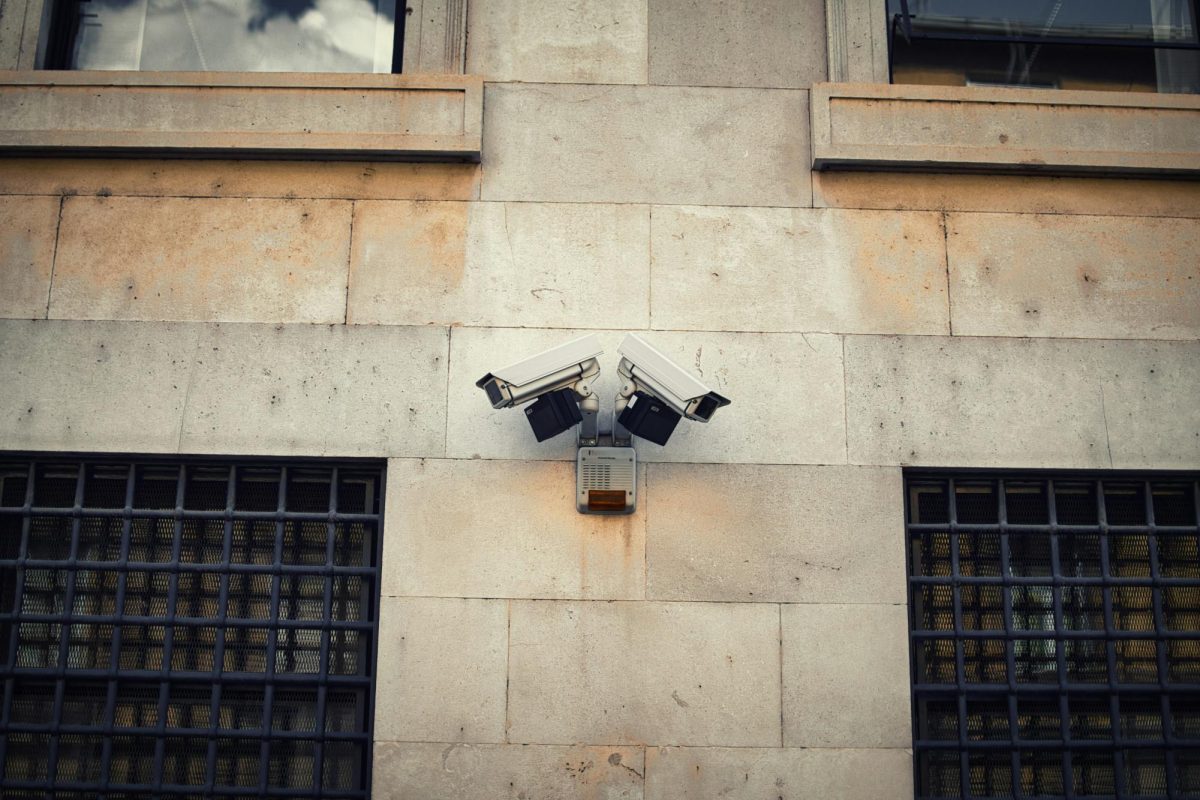Freezing temperatures, snow and ice are the norm for most winters in the state and it is critical that everyone, including UIS students, start preparing now for winter weather. Winter storms can cause widespread power outages and dangerous driving conditions. That is why it is important to have an emergency supply kit for your home/dorm and vehicle.
A home/dorm emergency supply kit should be stocked with items to ensure residents stay safe for, at a minimum, three days. The kits should include a battery-powered National Oceanic and Atmospheric Administration (NOAA) weather alert radio, a flashlight, extra batteries, non-perishable food, water, a first-aid kit, extra medications and special items needed for babies and pets.
A vehicle emergency preparedness kit can help commuters stay safe and warm until help arrives. A car or truck kit should include a cell phone and charger, flashlight, extra batteries, first-aid kit, snack foods and water, a container to melt snow, blankets, extra clothing, gloves and hats, sand or kitty litter, shovel, windshield scraper and a tool kit.
A winter storm preparedness guide developed by the Illinois Emergency Management Agency (IEMA), the National Weather Service and the American Red Cross covers winter weather terms and tips for staying safe at home, in the car and at work or school. The guide is available on the Ready Illinois website at www.Ready.Illinois.gov.
Commuters should take special precautions when traveling during the winter months. Always check the latest weather conditions along your travel route prior to leaving. During a winter storm, limit travel to daylight hours on main roads and provide your itinerary to a friend, relative or co-worker.
If you become stranded, pull as far off the road as possible, engage your hazard lights and hang or tie a colored cloth (preferable red) to your antenna, window or door. Stay in your vehicle where rescuers are most likely to find you.
Make sure the exhaust pipe is not obstructed by snow, and then run the engine and heater about 10 minutes each hour to keep warm. It is important to open a window slightly for ventilation when the engine is running and periodically clear away snow from the exhaust pipe.
For more information about winter storm preparedness, visit the Ready Illinois website at www.Ready.Illinois.gov.





